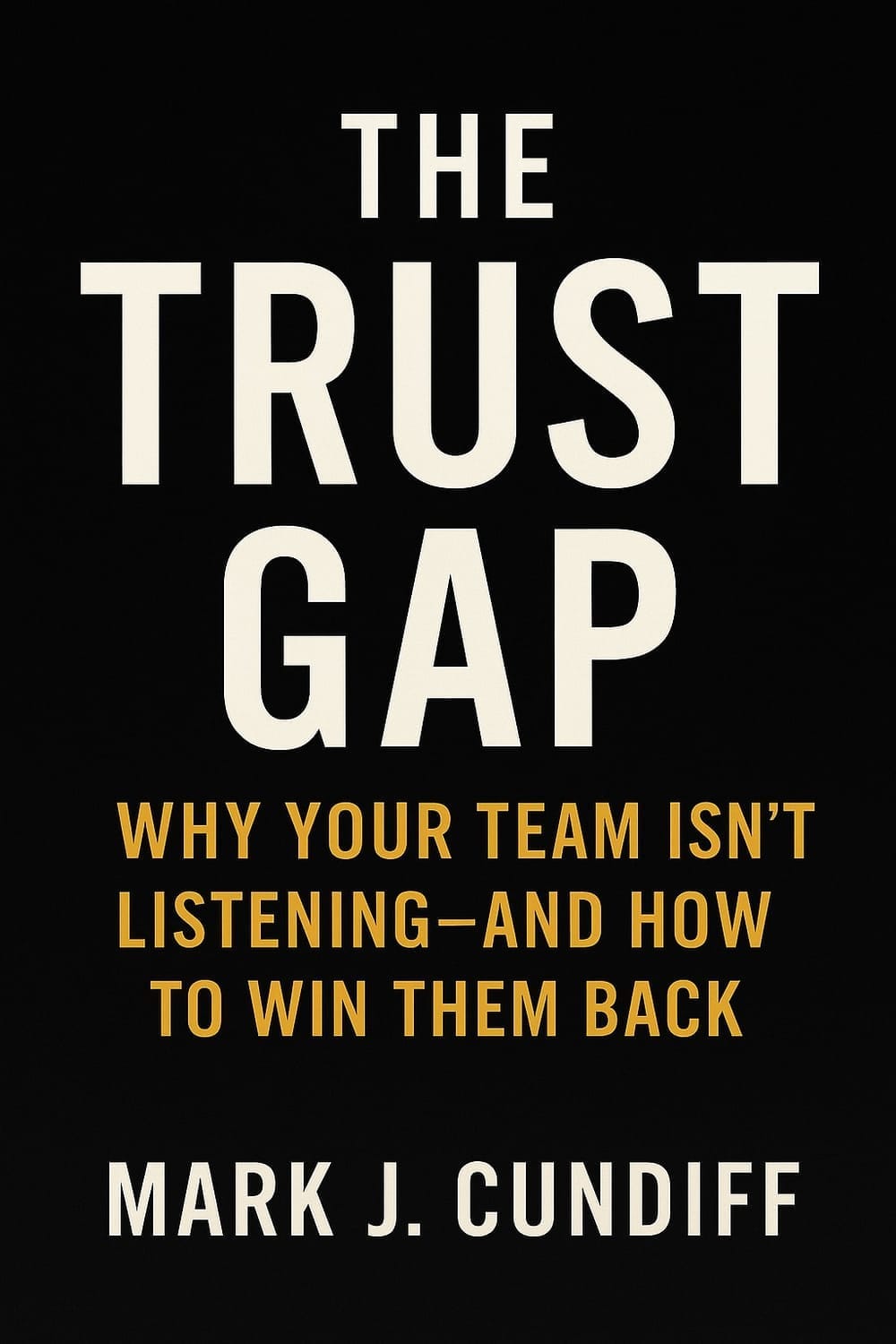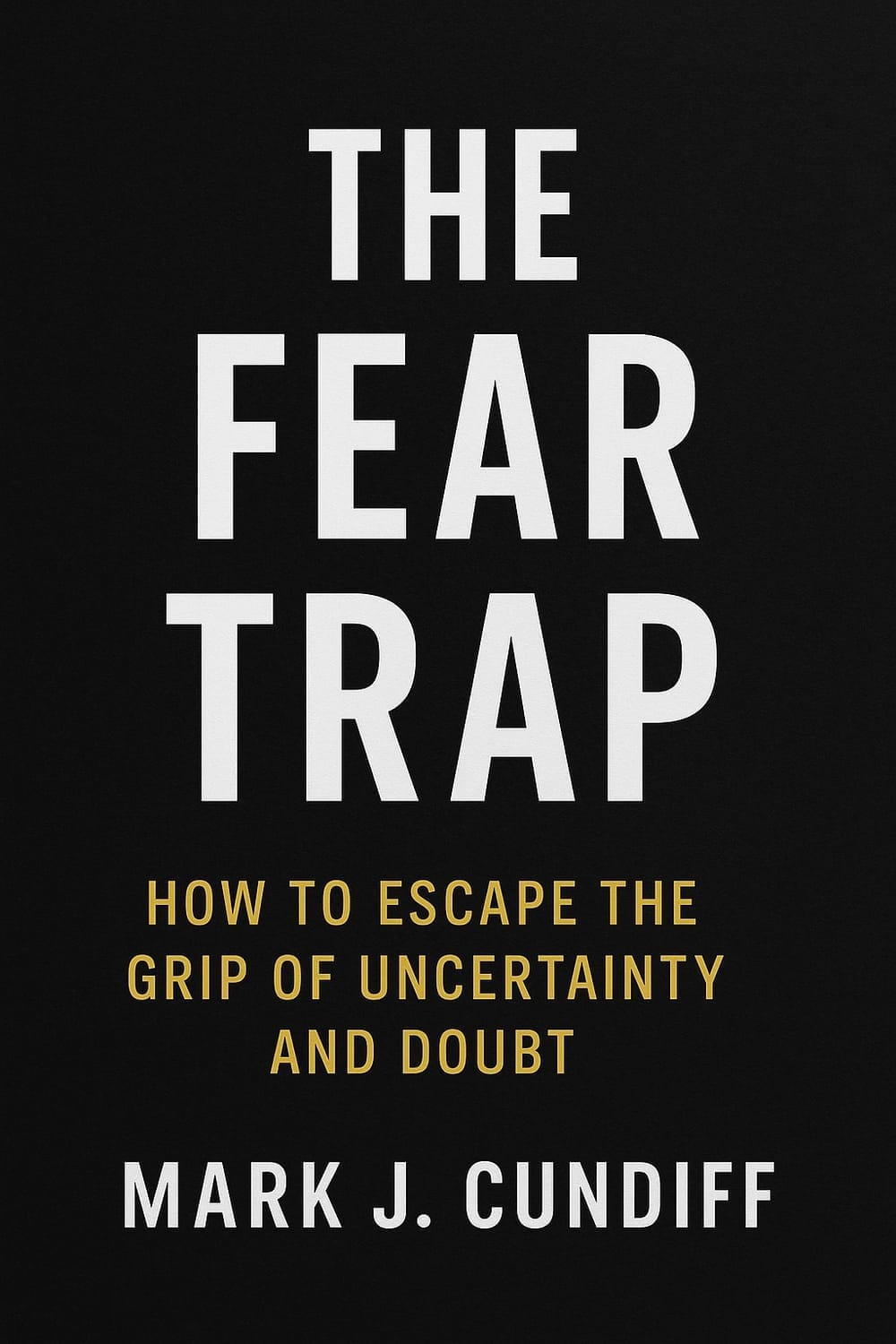Step Into the Circle: Why Bold Leadership Starts With Letting Go of Proving - Bradley Rapier - Global Leadership Summit 2025
What if the very thing you think makes you a strong leader is actually holding you back?
Recently, Emmy-nominated choreographer Bradley Rapier shared something that challenged me to rethink some things. He talked about the difference between stepping into a line and stepping into a circle, and how that choice shapes everything about how we lead, create, and connect.
His words hit me like a lightning bolt:
"In the circle, you do not prove, you offer."
Think about that for a moment. How much of your leadership energy goes into proving yourself?
Proving you belong in the room.
Proving you have the right answers.
Proving you're worthy of the title on your business card.
Now imagine what would happen if you stopped proving and started offering instead.
The Circle vs. The Line: A Framework for Bold Leadership
Bradley's insights from three decades of leading creative teams reveal a powerful truth: the shape we choose to lead in determines the culture we create.
The Line Mindset:
Competition over collaboration
Proving over offering
Agenda over authentic connection
Transactions over transformation
The Circle Mindset:
Curiosity and connection drive decisions
Exploration trumps ego every time
Discovery matters more than being right
Adventure beats isolation
Here's what I love about this framework—it's not just theory. It's a practical choice you can make in your very next interaction.
Why We Resist the Circle
Let's be honest. Stepping into the circle feels risky because it means letting go of control. As Bradley noted, "We are afraid of looking silly, of not measuring up. But we are also afraid of being bold, being courageous. We are afraid of letting go."
I see this fear in leaders everywhere:
The executive who dominates meetings because silence feels like losing control
The manager who micromanages because delegation feels like weakness
The entrepreneur who won't admit they don't have all the answers because vulnerability feels dangerous
But here's the paradox: the very thing we think protects our leadership actually diminishes it.
The Power of Offering Over Proving
When you step into the circle, something beautiful happens. You shift from:
"I need to show them I'm the expert" to "What can I contribute to this moment?"
"I have to have the perfect solution" to "What might we discover together?"
"I can't let them see my uncertainty" to "My authentic voice matters more than my perfect facade."
This isn't about being weak or unprepared. It's about recognizing that your humanity is your greatest leadership asset, not your liability.
Three Ways to Step Into the Circle Today
1. Replace Your Next "Proof
Statement" With a Question
Instead of: "Based on my experience, the answer is..." Try: "What if we looked at this from a different angle?"
2. Choose Curiosity Over Being Right
The next time someone challenges your idea, resist the urge to defend. Instead, get curious: "Tell me more about what you're seeing that I might be missing."
3. Bring Your Authentic Voice to the Table
Stop trying to be the leader you think people expect. Be the leader you actually are—complete with your unique perspective, experiences, and yes, even your uncertainties.
The Invitation
As Bradley reminds us, "It is crucial for all people to step into who they are designed to be and to bring that authentic voice into the circle."
You weren't designed to be a math equation, constantly calculating how to prove your worth. You were designed to be a human being with something valuable to offer.
Your next meeting is a chance to step into the circle.
Your next difficult conversation is an opportunity to choose connection over competition.
Your next big decision is a moment to pick adventure over isolation.
The circle is waiting. It's welcoming. And it's more powerful than any line you could ever form.
The question isn't whether you're ready to step in. The question is: What are you waiting for?
What's one way you can step into the circle in your leadership this week? I'd love to hear about it.
The Complete Global Leadership Summit Article Index
John Maxwell: The Legacy You Leave
Craig Groeschell: Leadership Consistency: The Boring Secret to Long-Term Success
Erica Dhawan: The New Leadership Advantage: Connectional Intelligence
Thasunda Brown Duckett: From Love and Faith to Leading a Trillion-Dollar Portfolio
Christine Cane: Don't Drift: Three Questions Every Leader Must Answer
Juliet Funt: The Power of Precision: Choosing Great Over Good
Join over 3,900 Fellow Leaders reading The Learning To Lead Newsletter each week!
Recent Articles

Join over 3,900 Fellow Leaders reading The Learning To Lead Newsletter each week!
©2025 Learning To Lead | Helping Good Leaders Become Great Leaders


